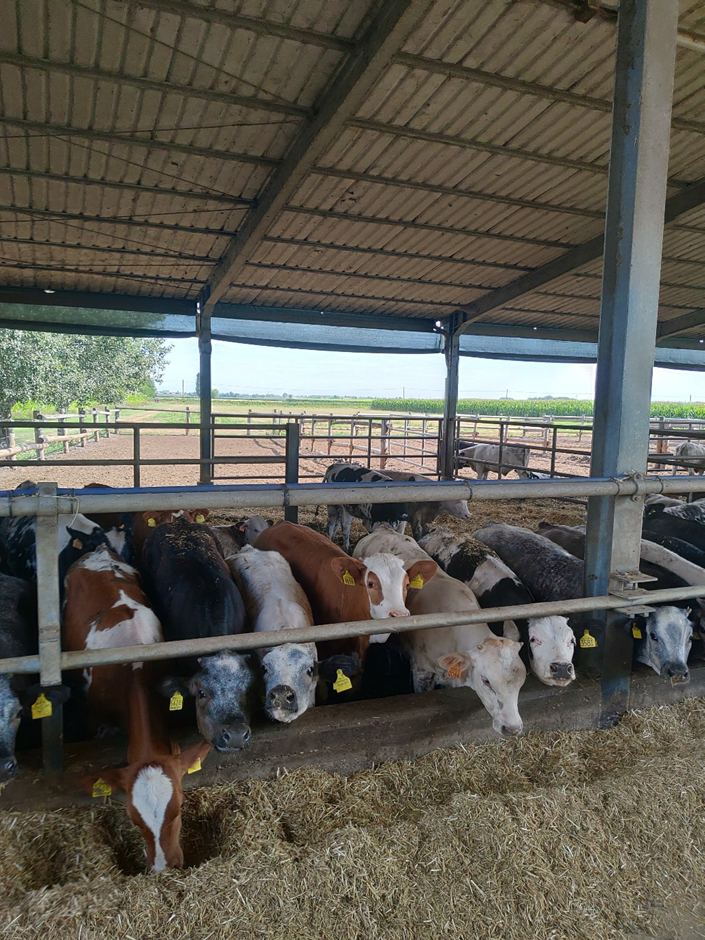Introduction to the challenge addressed The use of cropland with a system of rotation of forages and interventions on the soil with the aim to obtain the needed results of production and at the same time trying to reduce the impact on the soil typical of the conventional intensive cultivation, often with monoculture crops. |
|
Description of Innovation A farmer with a medium size farm of 300 heads, Italian crossbred heifers, which are bought as calves, weaned and fattened in a semi-intensive facility, had decided to cultivate his land virtuously, combining the need to get the best production with the idea to respect the soil. On its 16 hectares of cropland, he grows alternatively 8 hectares of corn and 8 of ryegrass. Corn is sown in April and harvested in Autumn, when ryegrass is sown. Ryegrass is harvested in May and June, and then the soil remains free till next April. During the Summer minimum intervention are made, like mechanical weeding or very light tillage. No chemical fertilization is made, only manure from the farm.
|
|
Impact on farm performance The farmer is satisfied for the results he gets from his land and has the conscience he is doing something good for the soil. Ryegrass is not expensive and doesn’t need much water and is a good feed for his animals (he uses 2kg in heifers rations). After the period of rest of the soil he has perception that the corn grows very well. He is not doing this driven by economic helps (subsidies) but for his own conviction. |
|
Audio-visual material
The diet of animals and the type of housing
|
|
Farmer comment (for Good Practices) “bovines are ruminants and they can transform forages into protein (meat), why should we feed them with protein?” |
|
Further information Azienda Agricola Dan Diego, Candiana (PD) - Italy
|
